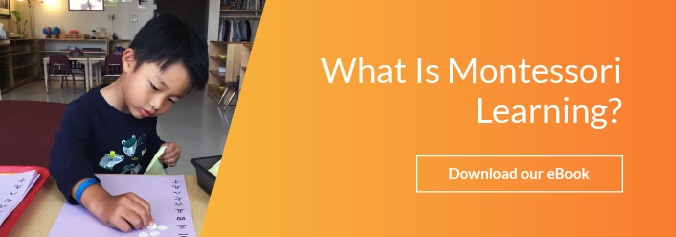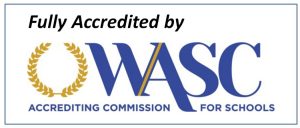Montessori education looks different from traditional public education in several ways. The design of the classroom and the implementation of the curriculum are unique elements of Montessori education. Some parents struggle to envision how the Montessori classroom operates until they see it in action during a class observation. Another aspect of Montessori education that many parents wonder about is assessment. You will not find an emphasis on standardized testing in a Montessori program. So, how is progress measure in the Montessori classroom?
Teacher observation
The teacher in the Montessori classroom is always observing students. The small student to teacher ratio makes it possible for the teacher to keep track of where each student is academically. The teacher will observe how your student is doing and provide feedback/instruction when needed. You will get updates from the teacher about those observations so you can keep up with how your child is doing.
Increasing responsibilities
All students in the Montessori classroom are expected to take responsibility for themselves. One way personal responsibility is implemented is by making students work through problems or differences without teacher intervention whenever possible. As your child progresses academically and socially, the teacher will put more and more responsibility on your student. For example, some older students in the classroom get the opportunity to help out the younger students. Increasing responsibility in the classroom is one way that student progress is measured.
Mastery of concepts
The mastery of concepts is another way to measure progress in the Montessori classroom. How do you measure the mastery of concepts without regular testing? In the Montessori classroom, students get various opportunities to prove their mastery. As mentioned above, Montessori teachers keep a close eye on the progress of each student. Students can show that they have mastered a concept by teaching it to someone else or by exhibiting an understanding of the concept in various scenarios. Continuously measuring progress through observation – instead of doing it with a few tests at the end of the year – allows the teacher to make sure each student always has work that is engaging and challenging. For example, a student who is gifted in math may master a concept that will take others a month of practice to master. In the Montessori classroom, the teacher will let that student move on to the next concept as soon as mastery is achieved. There is no need to wait for a test three months down the line to show that the student achieved mastery.
When you compare Montessori school to public school, you will find that progress is measured differently at each. In the Montessori classroom, these differences are there to benefit the individual student by ensuring that forward progress is always an option.












Let us know what you think about this post
Put your Comment Below: